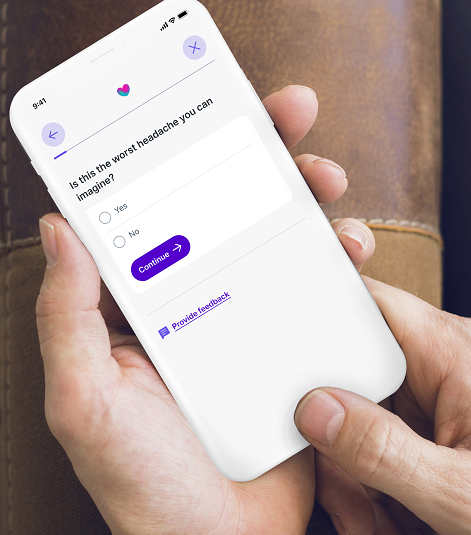 While Cerner’s acquisition by Oracle is winding its way through regulatory approvals, their EHR implementations are moving forward through both the Military Health System (Department of Defense) and the Department of Veterans Affairs (VA).
While Cerner’s acquisition by Oracle is winding its way through regulatory approvals, their EHR implementations are moving forward through both the Military Health System (Department of Defense) and the Department of Veterans Affairs (VA).
- Within the MHS, Brooke Army Medical Center and Wilford Hall Ambulatory Surgical Center, both in the San Antonio (Texas) Market, went live with MHS GENESIS on 22 January. The change most visible to patients is the transition from TRICARE Online to the MHS GENESIS Patient Portal which enables 24/7 access for visit notes, secure messaging, test results, appointment scheduling, and online prescription renewal. MHS covers military retirees, active military, and family beneficiaries. According to the MHS’s website, the goal this year is to get to halfway–to implement MHS GENESIS in more than half of all military hospitals and clinics. It’s been taking place since 2017 and, in true military fashion, it’s planned in waves. Coming up are Naval Medical Center Camp Lejeune in South Carolina on 19 March and William Beaumont Army Medical Center in El Paso in summer.
- VA is moving far more slowly, just getting to its second hospital. The Columbus VA go-live has been pushed back from 5 March to 30 April, citing training slowdowns due to a spike in staff COVID cases. Walla Walla, Washington is set for after Columbus, but the date is to be confirmed. The first, failed implementation at Spokane’s Mann-Grandstaff VA Medical Center in late 2020 was the subject of Federal hearings and a complete redo in VA’s plans and procedures in cutting over from VistA to Cerner Millenium. TTA 28 July and previous. Federal News Network
Akili Interactive, which has developed tech-driven, game-based cognitive therapies for ADHD and other psychiatric and neurological conditions, has gone public through a SPAC via a merger with Social Capital Suvretta Holdings Corp. I, The transaction is expected to close in mid-2022. Akili will be listed on the Nasdaq stock market under the new ticker symbol AKLI.
The SPAC is expected to provide up to $412 million in gross cash proceeds and value the company at over $1 billion. Investors in the $162 million PIPE are Suvretta Capital Management’s Averill strategy, Apeiron Investment Group, Temasek, co-founder PureTech Health, Polaris Partners, Evidity Health Capital, JAZZ Venture Partners, and Omidyar Technology Ventures. The funds raised will support the commercial debut of EndeavorRx, a FDA-cleared and CE-marked prescription digital therapeutic for pediatric ADHD. The technology is termed the Selective Stimulus Management Engine (SSME) and will be rolled out for ADHD, ASD, MS, and MDD treatment.
TTA noted Akili last year in a trial of AKL-T01 at several hospitals for treatment of long-COVID-related cognition problems. Unfortunately, the writing in their SPAC release made this Editor feel like she needed a few treatments.
Mentalhealthtech (psychtech?) continues to attract funding. Psychiatric care startup Talkiatry topped off its July $20 million raise with an additional $17 million from Left Lane Capital for a $37 million Series A financing round. CityMD founder Dr. Richard Park, Sikwoo Capital Partners, and Relevance Ventures also participated. Talkiatry uses an online assessment for a preliminary diagnosis and then matches you with a participating psychiatrist. It is in-network with payers such as Cigna, Aetna, UnitedHealthcare (Oxford Health Plan), Oscar, and Humana. Funding will be used to expand beyond NYC. Mobihealthnews
Digital pharmacy is also hot. Alto, which promises same-day filling and courier delivery, raised a $200 million Series E led by Softbank Vision Fund. Their total to date is over $550 million. Alto serves selected areas mainly in California, Nevada, Texas, and NYC (Manhattan, Queens, Brooklyn). Competitors Capsule had another raise of $300 million in April for a total of $570 million and Medly raised a $100 million Series B in 2020. Mobihealthnews
In the wake turbulence of Centene’s dramatic management shakeup last month [TTA 18 Dec], rumors continue to surface that insurer Cigna is interested in acquiring all, or possibly part, of Centene. Bloomberg News in publishing its article earlier this week cited ‘people familiar with the matter’ said that talks took place last year, but that they are not ongoing. Seeking Alpha picked this up, adding market activity boosting Centene. Perhaps the disclosure and the ‘denials’ align with what this Editor has heard–that it’s very much ongoing but under wraps.
A Centene buy makes sense, but only with Cigna. While Cigna is almost double the market value of Centene, it does not have the sprawling business model the latter has, nor do their businesses overlap much. However, some divestiture would be needed to do a deal, given the constrained regulatory environment in the US on the Federal and state levels. Any insurer merger is seen as anti-competitive, unless it is an acquisition of a smaller, struggling plan.
It certainly would vault Cigna into the top rank of insurers with non-Centene branded exchange, Medicare Advantage and Medicaid plans, a provider network, an established MSO, and other lines of business including Magellan behavioral health management. Cigna might also value Centene’s international holdings, such as private hospitals Circle Health in the UK and Ribera in Spain. A sale would also create a quick and profitable ROI for Politan Capital Management, the activist investor company that initiated the retirement of 25 year CEO Michael Neidorff last month, rather than managing and reorganizing the sprawl of Centene’s businesses to make it more profitable.


















Most Recent Comments